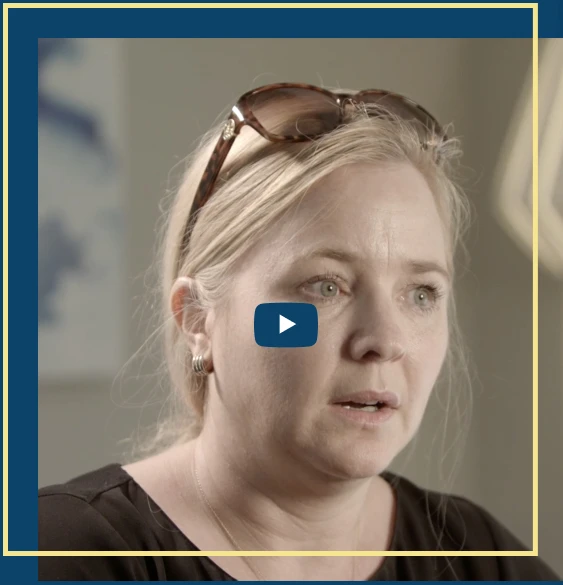 Environmental toxicity is a significant factor in the development of complex chronic illnesses. Exposure to toxic substances in the environment can lead to various health problems that persist over time. These toxic substances can come from multiple sources, such as air pollution, contaminated water, and exposure to hazardous chemicals. When individuals are exposed to high levels of these toxins, it can disrupt their body’s natural processes and lead to the development of chronic illnesses.
Environmental toxicity is a significant factor in the development of complex chronic illnesses. Exposure to toxic substances in the environment can lead to various health problems that persist over time. These toxic substances can come from multiple sources, such as air pollution, contaminated water, and exposure to hazardous chemicals. When individuals are exposed to high levels of these toxins, it can disrupt their body’s natural processes and lead to the development of chronic illnesses.
One way in which environmental toxicity can cause complex chronic illness is through the accumulation of toxins in the body. Over time, repeated exposure to toxic substances can result in the buildup of these chemicals in organs and tissues. This can lead to long-term damage and impair the functioning of vital systems in the body.
These toxic substances can come from various sources, such as air pollution, contaminated water, and exposure to hazardous chemicals. When individuals are exposed to high levels of these toxins, it can disrupt their body’s natural processes and lead to the development of chronic illnesses.
Symptoms of Exposure to Toxins
 The symptoms of environmental toxicity can vary depending on the specific pollutant and the level of exposure.
The symptoms of environmental toxicity can vary depending on the specific pollutant and the level of exposure.
- Exposure to air pollutants such as particulate matter, volatile organic compounds, and toxic gases can lead to respiratory problems such as coughing, wheezing, shortness of breath, and even asthma.
- Prolonged exposure to these pollutants can also increase the risk of developing chronic respiratory diseases.
- Chronic exposure to toxins can result in persistent inflammation, which can damage tissues and organs over time. This chronic inflammation has been linked to the development of various chronic illnesses, including cardiovascular disease, autoimmune disorders, and certain types of cancer.
- Contact with certain chemicals or pollutants can cause skin rashes, itching, redness, and dermatitis.
- Some individuals may also develop allergic reactions to specific environmental toxins, leading to symptoms such as hives, swelling, and difficulty breathing.
- Exposure to neurotoxic substances such as heavy metals (e.g., lead, mercury) or pesticides can lead to neurological symptoms such as headaches, dizziness, memory loss, and impaired cognitive function. It can even result in neurodevelopmental disorders or neurodegenerative diseases in severe cases.
Sources of Environmental Toxins
Depending on where and how you live, your indoor air will likely be at least two to five times more polluted than the outside air.
Common sources of indoor air pollution:
- Tobacco and vape smoking
- Cooking oil heated to high temperatures
- Non-stick pans with polytetrafluoroethylene (PTFE), commonly known as Teflon
- Building materials and furniture that release formaldehyde
- Fireplaces and wood stoves
- Gas ranges, particularly without proper ventilation
- Beauty products
- Household products
- Molds and allergens
- Radon gas
Common sources of outdoor air pollution:
- Carbon monoxide from cars, factories, wood-burning stoves, fires, cigarette smoke
- Ozone from the sun’s radiation
- Sulfur dioxide from coal or oil burning
- Nitrogen dioxide from smog
- Lead from ore and metal processing and aircraft
- Particulates emitted from cars and factories
Integrative and Functional Medicine Treatment of Environmental Toxicity
 Functional and integrative medicine takes a comprehensive approach to treating environmental toxicity. It focuses on identifying and addressing the underlying causes of toxicity rather than just managing symptoms. This approach recognizes that environmental toxins can significantly impact our health and well-being.
Functional and integrative medicine takes a comprehensive approach to treating environmental toxicity. It focuses on identifying and addressing the underlying causes of toxicity rather than just managing symptoms. This approach recognizes that environmental toxins can significantly impact our health and well-being.
The doctors at Restoration Healthcare use various strategies to treat environmental toxicity. They start by conducting a thorough assessment to identify the specific toxins present in the body. Once the toxins are identified, a personalized treatment plan is developed.
Treatments may include IV chelation therapy, dietary changes, nutritional supplements, detoxification protocols, and lifestyle modifications. These interventions aim to support the body’s natural detoxification pathways and enhance overall health. Additionally, the doctors at Restoration Healthcare assist our patients in reducing exposure to environmental toxins by guiding choices of organic foods, using natural cleaning products, and avoiding certain chemicals.
By addressing the underlying causes of environmental toxicity, our physicians help individuals reduce their toxic burden and improve their overall health and well-being. We offer a holistic approach that empowers individuals to take control of their health and make informed choices to protect themselves from environmental toxins.
If you are seeking help from experienced physicians and live in Orange County or Los Angeles, please get in touch with our clinic to see if you qualify for care at our clinic. We require medical necessity and insurance qualifications. Contact our clinic to request a patient packet.







